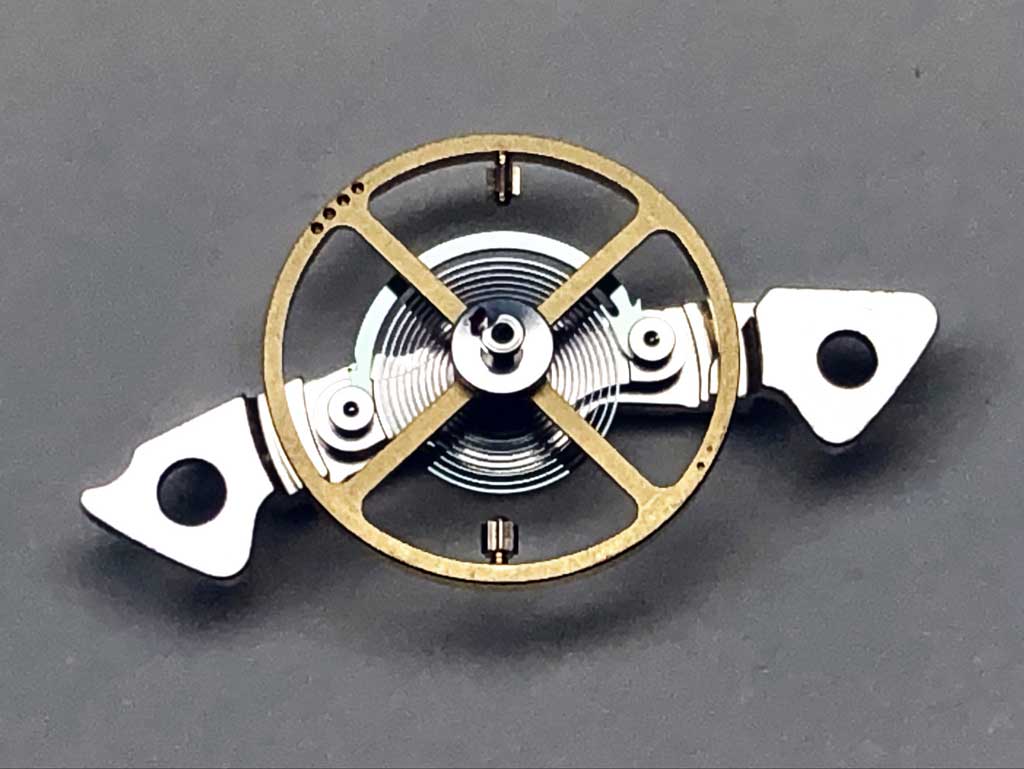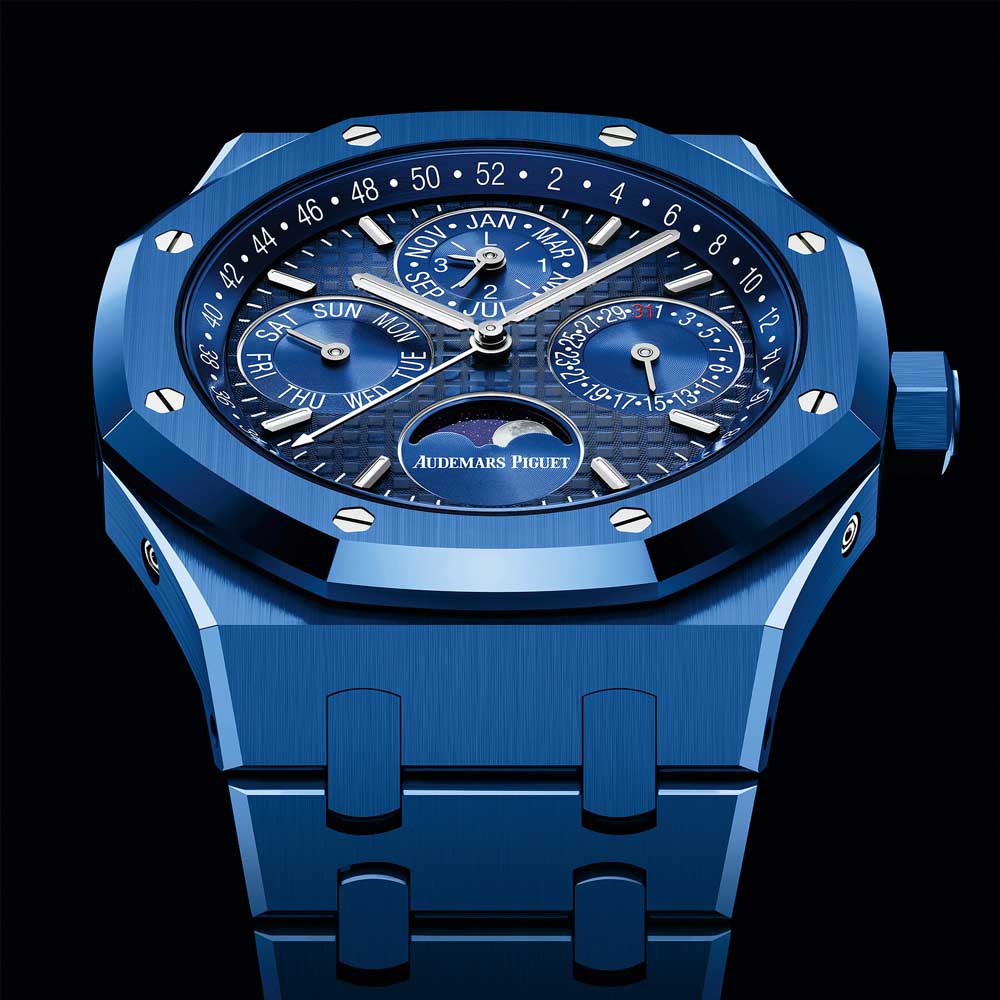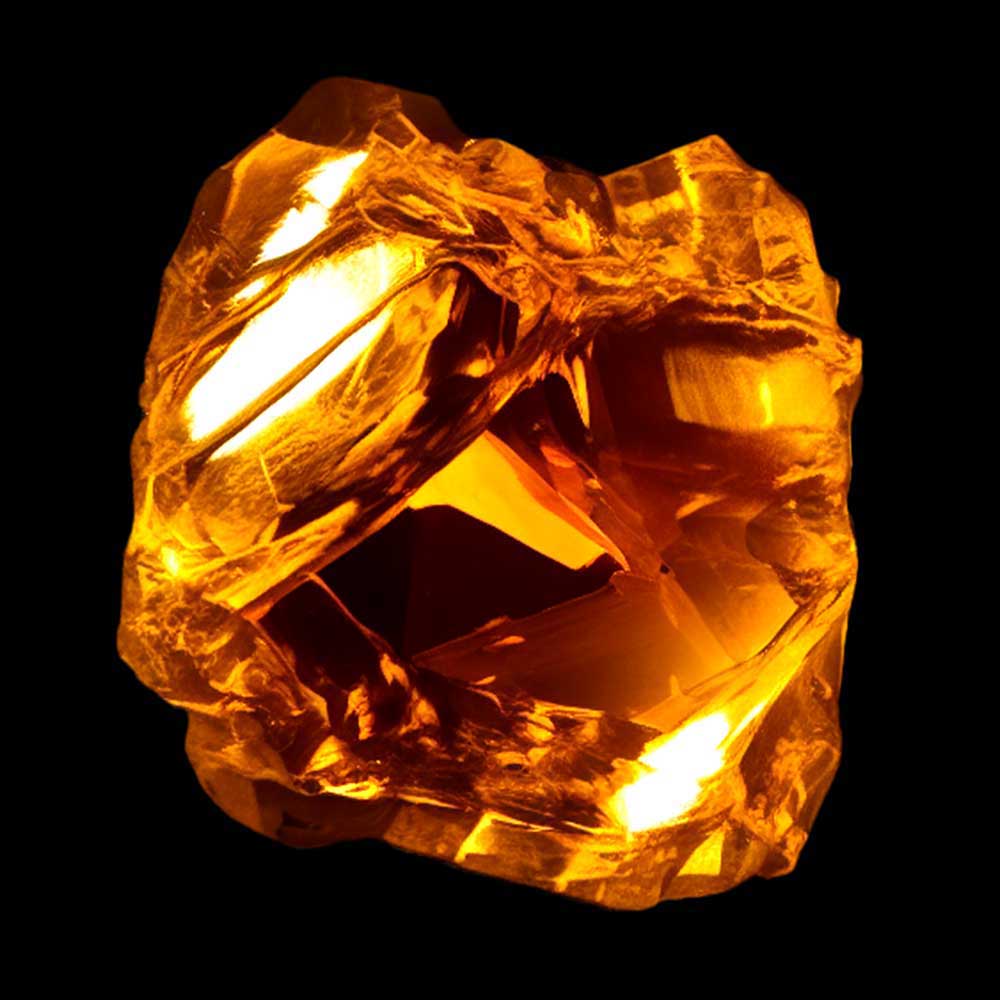
Electricity's Amber Roots
Our modern day English word electron and, by extension, electricity itself is rooted in the Ancient Greek word elektron, meaning "amber".
While he did not fully comprehend the magnitude of his discovery, Thales of Miletus is credited with the first recorded observations of static electricity, back in 585 BC, which he came upon after rubbing a piece of amber with animal fur. Further pursuing the ramifications of this discovery two millennia later, the Englishman, William Gilbert, coined the terms electricity, electric force, magnetic pole, and electric attraction, in his scientific book De Magnete.

From Powder to Perfection
Nacho Conde Garzón, Robert-Jan Broer, and Lex Stolk provide an inside look at the various steps that go into manufacturing Rado's ceramic watch components, including a peek into the plasma firing process that lends many of the brand's ceramics a metal-like aesthetic.

Taking the Ultimate Longview
Patagonia seeds control of the company to a charitable trust charged with caring for the planet. All profits to be channelled into a charitable foundation to make that happen.
I continue to be impressed by the conviction and values of Yvon Chouinard and the approach he has taken to running Patagonia over the decades.
Rolex founder, Hans Wilsdorf, made a similar change to the ownership of Rolex and Tudor prior to his passing. By that measure, the future for Patagonia remains bright and the future of our planet better for it.
Is Orange the Apple Industrial Design Group's Favourite Colour?
Some convincing evidence, posited by Alex Cox and corroborated by Stephen Hackett in 2018.
If one were to include tints, tones, and shades in the mix, Apple's subtle variations on white over the years would be a heavy contender—beyond the iconic, white earbuds of the early 2000s, dating all the way back to a number of the early prototypes in Hartmut Esslinger's Snow White design language that dictated the look and feel of Apple's hardware in the 1980s.
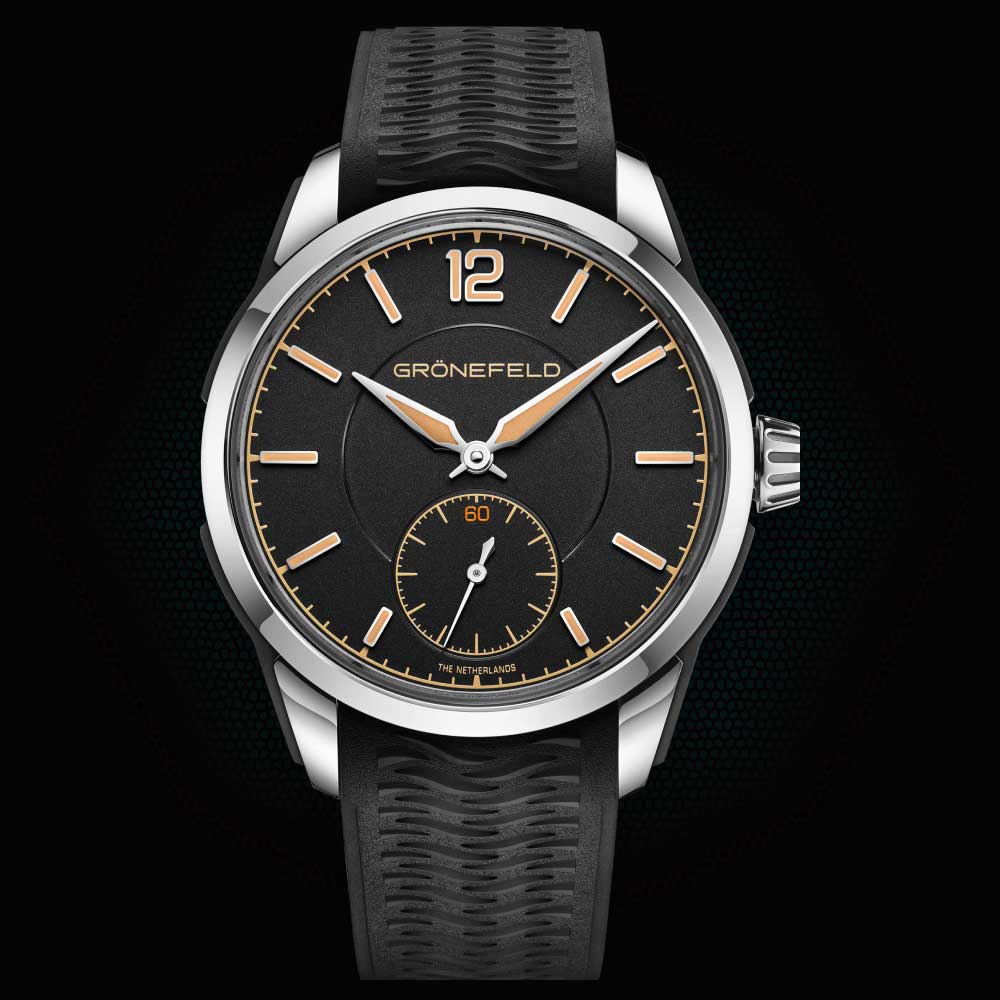
Out of Left Field
The Grönefeld Brothers announce their first field watch, the 1969 Deltaworks, in a range of colourways with the option of stainless steel or rubber clad inserts for the case.
As to be expected, the quality of the movement is superb. While superior at a technical level, albeit less aesthetically finessed, the psychological dissonance between the materials and price point is on par with the original Royal Oak from Audemars Piguet.
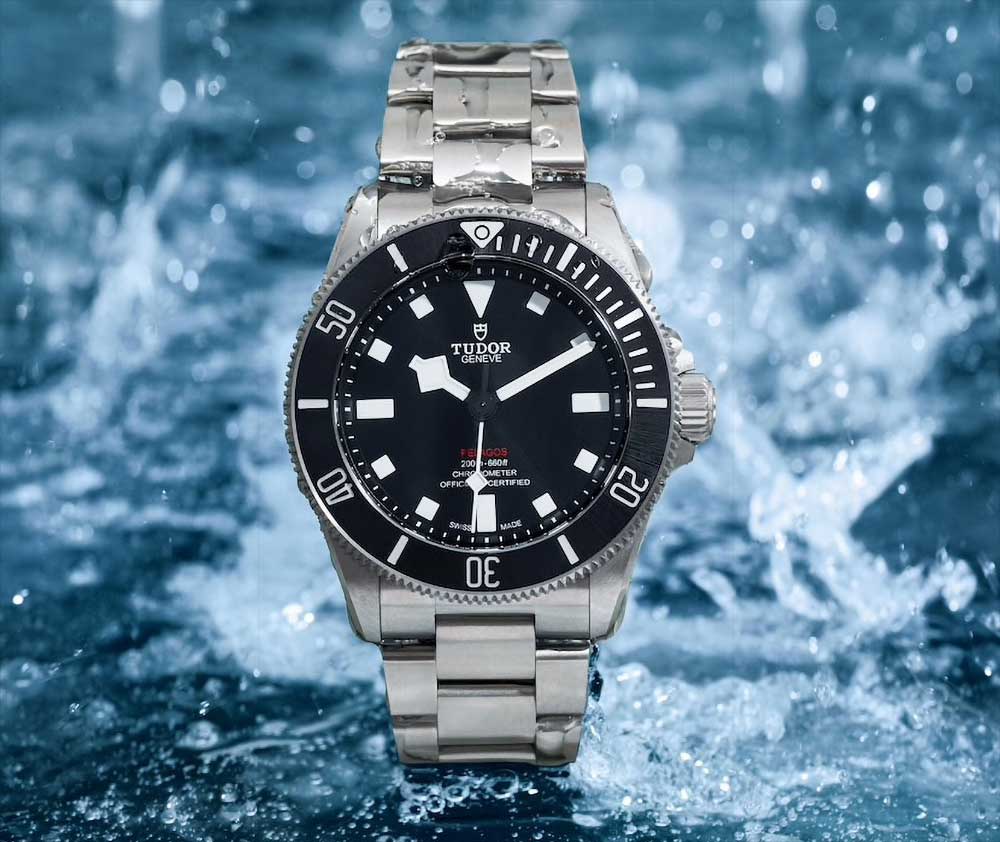
Hands-On The Tudor Pelagos 39
James Stacey writing for Hodinkee:
gram for gram and spec for spec, the Pelagos is the best dive watch in the world
While I'm partial to the matte, ceramic bezel on the original and appreciated the dimensionality of its dial, I don't mind one bit the switch to the T-Fit clasp. Tudor certainly hit it out of the park with this release.

